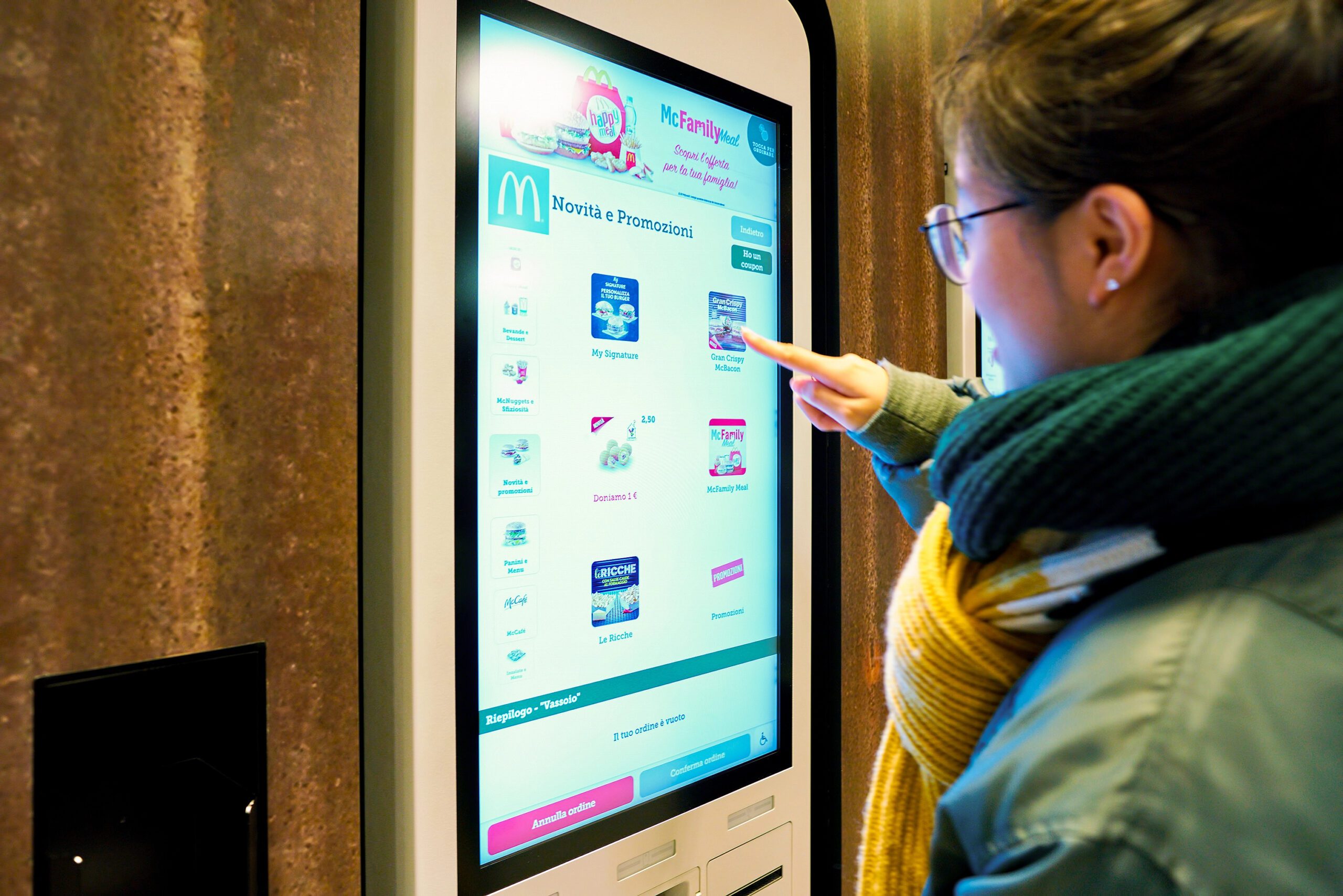We all know that technology has taken over every industry, and seamless and efficient virtual access cannot be overstated. Virtual kiosks can be found in various sectors, from retail and hospital to education and transportation.
There is one thing that we can all agree on is that virtual kiosk has provided us with information, services, and transaction operations. This has enhanced our experience and streamlined the operations.
However, it is unfortunate that one system cannot run for a lifetime. You need to upgrade the applications for better performance. Therefore, to ensure these kiosks remain reliable and up-to-date, organisations are turning to cloud-based visitor management kiosk as a solution.
What are Virtual Access Kiosks?
You must be wondering what exactly are virtual access kiosks. Here is a simplified definition for you. The virtual kiosk is a self-service device equipped with touchscreen displays to provide the users with access to information, services, or transaction facilities. A virtual kiosk serves as an interaction point between the customer and the organisation. There are various functionalities available on a virtual kiosk.
Here are some basic characteristics of virtual kiosk software are:
- Touchscreen interface
- Self-service
- Access to information
- Transaction facilities
- Navigation service
All these features are added in a virtual kiosk to make things easier for you.

Understanding Cloud Asset Management Software
Without a doubt, we know that modern applications require regular updates to function better. This is where the need to have cloud asset management software (CAMS) comes in. Companies use cloud management software to centralise the working of virtual kiosks. This way, you can monitor, update, and troubleshoot virtual kiosks remotely.
The Need for Cloud Asset Management Software
Several key factors contribute to the rise in demand for CAMS:
Proliferation of Digital Assets
There is significant digital transformation in the business world. It is notable to see the increase in digital assets such as software, applications, data, and content. This cluster of assets has affected the management flow. That is why there is a need to have cloud asset management software to manage the complex cluster of these digital assets.
Remote Work and Distributed Teams
With the recent shift of working places, there is an increase in the team numbers as well. Most of the offices have opted for work from home, and this has led to the distribution of teams in different locations. Therefore, the need to have CAMS came to be. Through a virtual kiosk, an organisation can manage assets across geographies and time zones.
Cost Optimisation
A company has a lot of expenses, and one such expense is IT spending. You must be wondering how can a virtual kiosk help with cost optimisation. Well, to answer this, have a look at the items CASM helps track. Software licenses, subscriptions, and hardware assets. Virtual kiosks are used to overlook whether the resources are used efficiently or whether the organisation is not overpaying for them.
Security and Compliance
Cybersecurity threats have increased, and it is making it difficult for organisations to maintain strict control over digital assets. That is why the need to have a virtual kiosk arose, and CAMS assists in updating the software to keep it up to date. It is crucial to keep the virtual kiosk patched with security that complies with licensing agreements.

Ways to Upgrade Virtual Access Kiosks Using Cloud Asset Management Software
Here is a detailed explanation for you to upgrade a cloud touch kiosk using cloud asset management software:
Remote Monitoring and Diagnostics
One of the ways to update the virtual kiosk is by implementing real-time monitoring. With real-time monitoring, you can keep a check on hardware health, software status, and network connectivity. Another way to identify any update requirements is by setting up automated alerts to receive notifications regarding anomalies. The CAMS allows for prompt response and troubleshooting.
Software Updates and Patch Management
There are dozens of updates that a system requires, and through a CAMS, it is easy to streamline the deployment of updates, security patches, and new features across all the virtual kiosks. It will be beneficial for you to take over the updating task during non-peak hours so that your employees are not disrupted.
Content Management
Next on the list is updating the content displayed on the virtual kiosk. You can utilise CAMS to manage and update the content, such as multimedia, advertisements, maps, and informational materials. The easy way to do this is by scheduling the content display time. One thing for you to keep in mind is that you keep the content as dynamic and fresh as possible.
The Future of Virtual Access Kiosks
Let’s be honest: days are not far before artificial intelligence and augmented reality will take over the entire world. This will enhance customer experience and provide greater functionality. That is why the future of the virtual kiosk is promised, and you must be ready to embrace the new capabilities.
Last words
Now that you know everything about a virtual kiosk and the way to upgrade it using CAMS. The virtual kiosk is integrated into various industries and offers to provide contactless services in the true sense. As organisations continue to invest in the virtual kiosk, it will reduce human intervention. More and more companies are adopting a virtual kiosk. We promise you it is a wise choice to stay at the forefront of technological creation.



